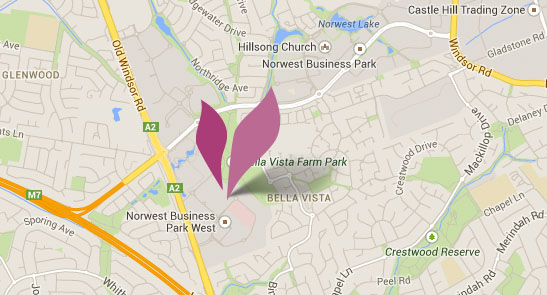Breast Fat Grafting Complications
Breast Fat Grafting in Sydney – Risks
What are the side effects and complications of breast fat grafting in Sydney?
Side effects and complications need to be considered by any patient considering breast fat grafting in Sydney. The risks that should be considered are as follows:-
- The risks of having a general anaesthetic
- Infection
- Bleeding
- Risk of liposuction
- Dissatisfaction with the donor site
- Less than expected outcome in the breast (size change less than patient anticipated)
- Fat necrosis, calcification, cysts in the breast
- Fat reabsorption or non-take (meaning that the grafted fat doesn’t survive in its new location)
- Potential for interference with breast cancer detection (see pages on safety and evidence)
The ASPS FGTF (American Society of Plastic Surgeons Fat Graft Task Force) paper states an overall complication rate of 12.7% across 283 patients with a wide follow up range from 1 month to 10 years. Specific complications included:-
- 1.1% (3) infections
- 4.9% (14) calcifications
- 5.7% (16) fat necroses
- 1.1% (3) unspecified superficial lumps
Additionally, 2.8% (8/283) had no increase in volume, and two breast cancers were found after fat grafting – one in an area that was not grafted, and one in an area that was possibly grafted.
These potential risks need to be considered in comparison to risks of equivalent surgery. In breast reconstruction, risks that could be considered include flap partial or complete loss, abdominal or shoulder weakness, hernias and wound healing problems. In breast augmentation with implants, equivalent risks would include implant malposition, capsular contracture, skin wrinkling and rippling (to name a few). While breast fat grafting in Sydney has risks, other breast surgery techniques also have risks.
What are fat necrosis and oil cysts?
The main concerns about breast fat grafting relate to the changes seen in fat cells that die (fat necrosis and oil cysts), the changes to mammography or breast cancer screening that are caused by the procedure, and the chance that the implanted fat cells or more importantly fat stem cells (adipose derived stem cells) might cause a breast cancer. See the page on safety of autologous fat grafting to the breast.
Fat necrosis and oil cysts are well known complications of breast fat grafting. These are usually easily identified on mammogram & ultrasound, and have standardized treatments. These complications generally occur in only a small proportion of patients, and should be able to be minimised with good surgical technique.
Does breast fat grafting change mammograms?
There is no question that fat grafting causes changes (including calcification) that are visible on mammograms. There is increasing evidence that those changes are equivalent to changes seen from other breast surgery, such as breast reductions. Most trained radiologists are able to determine the differences between post operative calcifications and breast cancer changes. It does not make sense to cite mammographic changes as a reason not to fat graft, unless the same logic is applied to banning breast reduction surgery.
Want to learn more about breast fat grafting in Sydney?
If you have more questions about breast fat grafting in Sydney, or would like to learn more about alternative techniques of breast augmentation, Sydney Specialist Plastic Surgeon Dr Gavin Sandercoe would be happy to discuss this with you at a consultation. You can call our office to schedule your appointment, or use the contact form at the bottom of the page.
Patient Education Library




